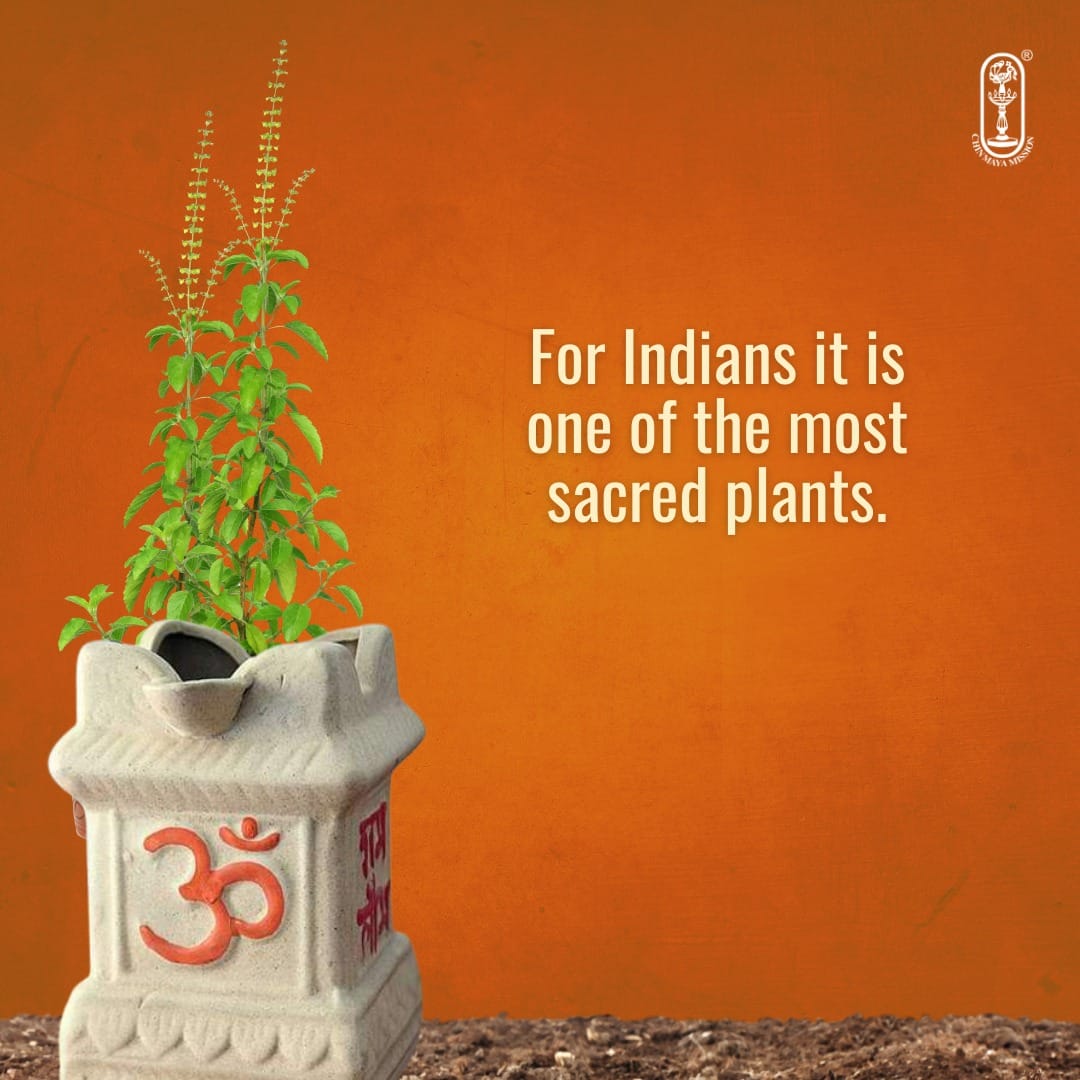The Kathopanishad: A Wondrous Epic of the Spirit : 9. Swami Krishnananda.
======================================================================
=======================================================================
Saturday, December 25 2021. 6:00. PM.
The Kathopanishad: A Wondrous Epic of the Spirit : 9.
(Spoken on June 19, 1972).
=======================================================================
Paryapta-kamasya krtatmanas tu :
If there is no desire, what will happen?
If we want nothing, then what is rebirth?
Rebirth is only the materialisation of desire. If there is no necessity for the materialisation of desire on account of the absence of desire itself, there is no rebirth.
Paryapta-kamasya krtatmanas tu. Krtamais one who has fulfilled himself completely on account of the cessation of desire for objects of the senses.
Ihaiva sarve praviliyanti kamah : Desires melt here itself like camphor that is burnt without any residue. There is a merger of the soul here itself into the Spirit. There is no travelling or movement from place to place. The travelling in the realms or the lokas is due to the presence of desire in the mind. When the desires are absent, the soul has no cause to move from place to place in space.
-------------------------------------------------------------------------------------------------------------------------------
So this is the fate of those who entertain desires, pursue the pleasant, or the preyas. But those who pursue sreyas, or the good, what happens to them?
They unite themselves with Reality in every spec of space. It is not a uniting of oneself with any particular object.
They spontaneously get united with every atom of space.
-----------------------------------------------------------------------------------------------------------------------
In the concluding portion of the Mundaka Upanishad, we have a description of the salvation of the soul.
Mysteriously enough, the answers given by Yama to Nachiketas are not direct. They are all indirect answers, only giving a hint to what is intended behind the answers.
The whole of the Kathopanishad is a vast history of the evolution of the spirit from stage to stage.
Gradually the mind of Nachiketas is led from the lower stage to the higher stage – from the physical to the astral, from the cosmic fire Vaishvanara, and to the Atman itself, whose Self-absorption is questioned by Nachiketas.
The entire answer is not to be seen in the Kathopanishad. We have to find this answer in the Brihadaranyaka Upanishad, where Yajnavalkya speaks to his consort Maitreyi.
The question of what ultimately happens to the soul is not fully answered in the Kathopanishad, but the answer is given in the Brihadaranyaka. That is a different subject. We shall not touch it just now.
--------------------------------------------------------------------------------------------------------------------------
But Yama gives a tentative answer as to what happens to the soul when it enters samparaya. The word samparaya is used in the Kathopanishad, which means destruction, death, or the Beyond – which means to say, that which is on the other side of this world.
After death, what happens to the soul is the literal interpretation or meaning of the question of Nachiketas.
Well, this is not really the implied meaning of the question because Nachiketas would not have been so ignorant as to put this question as to what happens to the soul after death. It will be reborn, it is already told.
The question was something else. “The Ultimate Beyond” is the word used there.
When that is reached by the soul, what happens? Or, to put plainly, when the individual spirit, or the spark of divinity within us, unites itself with the Absolute Spirit, what happens to us? What do we experience? What do we feel?
---------------------------------------------------------------------------------------------------------------
To this again, no answer comes forth from Yama, but Yajnavalkya gives the answer.
But towards that end we are led by Yama by another sort of discipline, which we have to bring to our memory so that we may not be too enthusiastic in any sort of bubbling emotion, as if we are very near Reality.
We are far from it, because another severe discipline is prescribed towards the end of the Kathopanishad.
That is, a definition of yoga is given there because yoga is supposed to be the path to the Spirit, the way to the Absolute.
But what is yoga?
Concisely in one Mantram it is described.
"Tam yogam iti manyante sthiram indriya-dharanam, apramattas tada bhavati, yogo hi prabhavapyayau (Katha 2.3.11)."
--------------------------------------------------------------------------------------------------------------------
To be continued ...
=========================================================================







.jpg)

Comments
Post a Comment